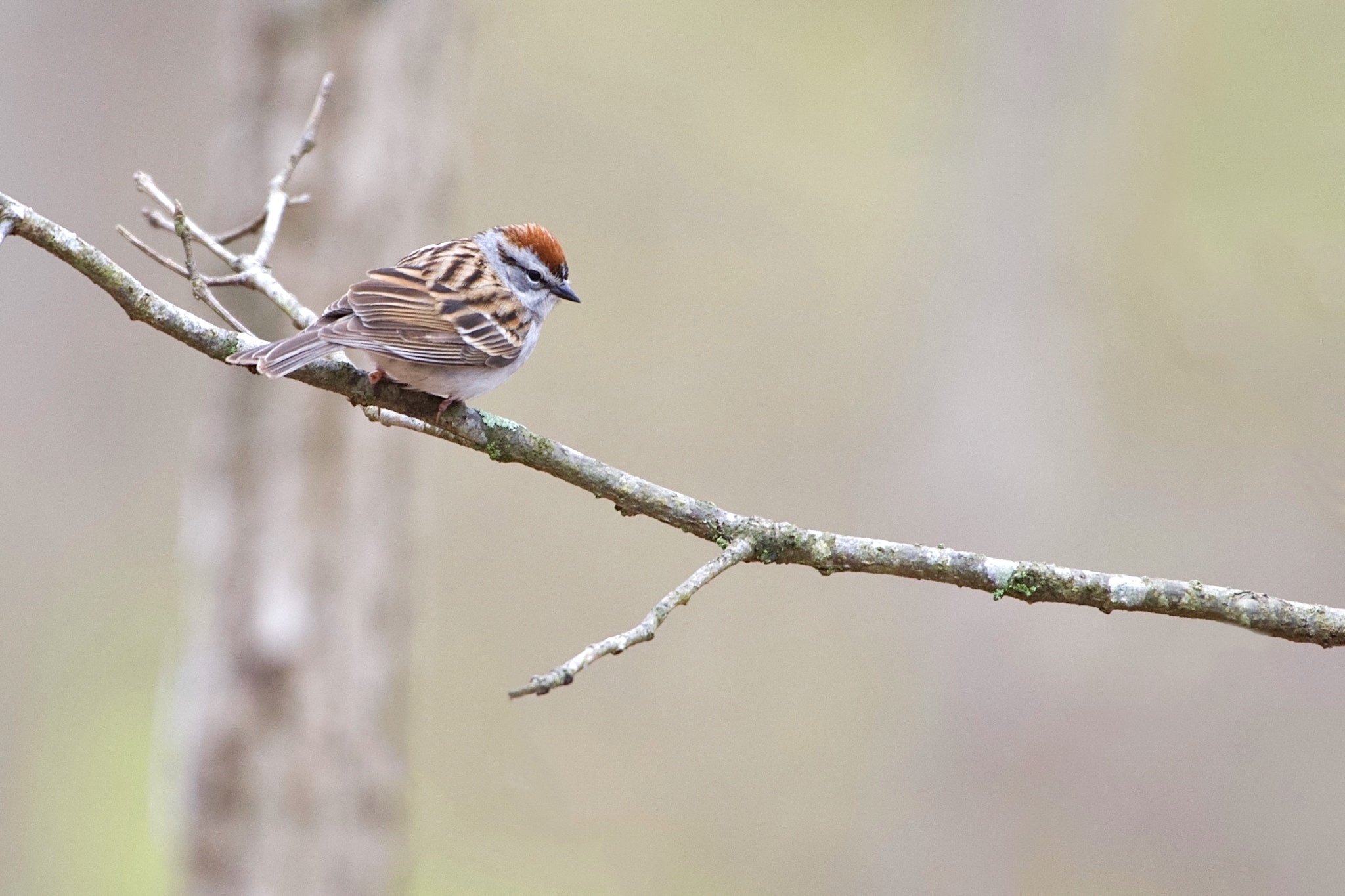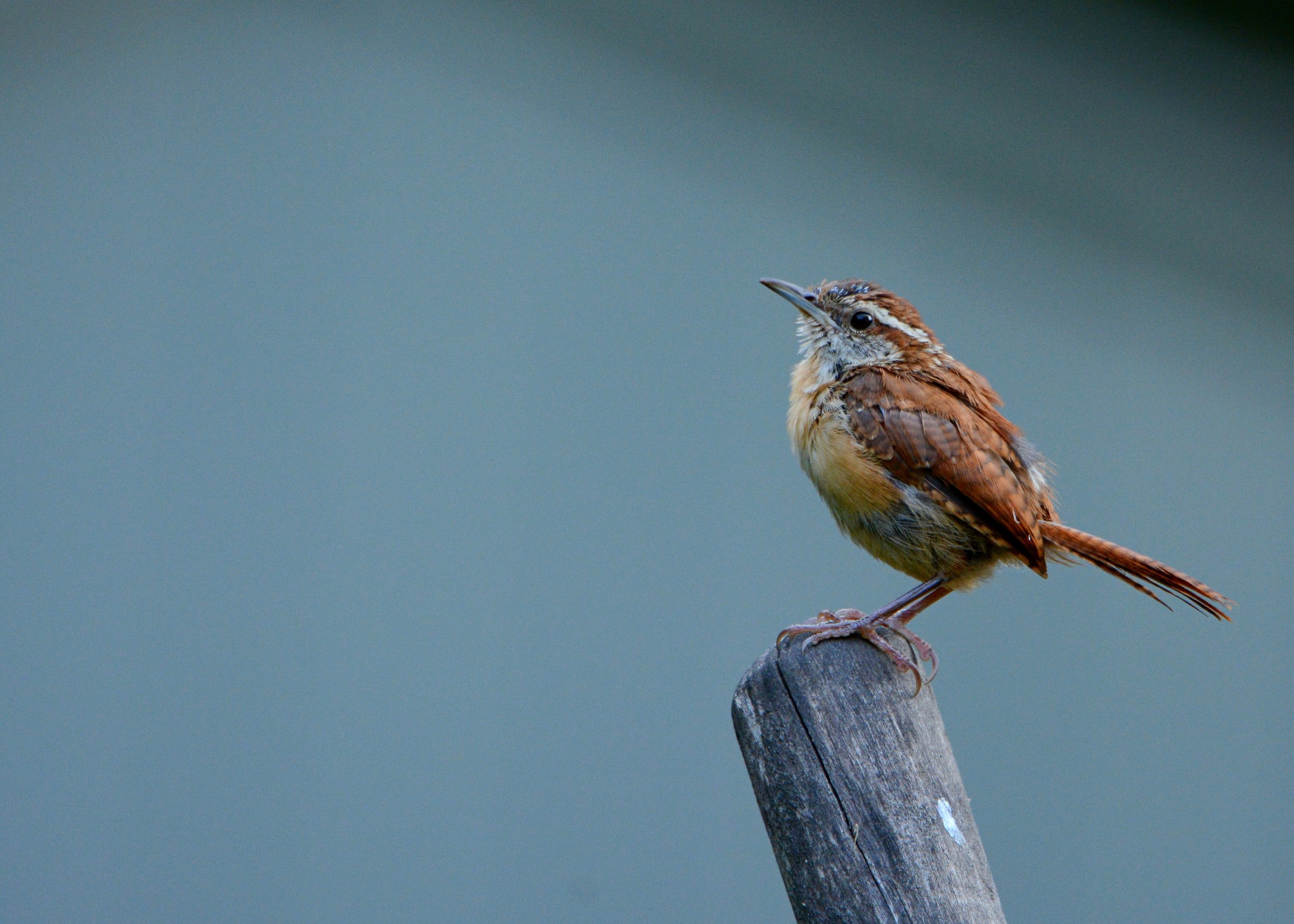Project FeederWatch 2023-2024
by Kristen Bashen, Group for the East End Conservation and Advocacy Specialist
As a novice birder, it’s very easy to be impressed by nearly every bird one sees, until you realize these birds have been around you all this time. Perhaps you haven't had the time to notice them. Since 2018, Group for the East End has been participating in Project FeederWatch, a community science program run by the Cornell Lab of Ornithology. This program invites people across North America to log data on “backyard birds,” those species commonly seen in our yards and natural spaces over the course of a few months from November through April.
The most exciting part about Project FeederWatch has been watching how hours of observation can turn into real data. These data present a clearer image of the world within each observation area, a world we would not be able to see by watching for merely 15 minutes on a single day. For two consecutive days a week from November to April, Group staff watch the feeders at Downs Farm Preserve for two hours and tally up every bird seen.
Below are some birdwatching highlights from the Group's personal Project FeederWatch data for the 2023 - 2024 season at Downs Farm Preserve in Cutchogue. Check out the bird trend graph for each species mentioned so you can explore our data with us!
Chipping Sparrow, photo by Jay Rand
Chipping sparrow (Spizella passerina)
Note:
Horizontal axis = date observed
Vertical axis = number of individuals
The site location is Downs Farm Preserve, Cutchogue, New York
We have seen more chipping sparrows than ever before over the last two to three years at Downs Farm Preserve. Three of the five subspecies of chipping sparrows that breed in North America are partial migrants, while the other two stay in their Mexican and Central American ranges all year. This is why we only see them during the spring and summer in the northeast. Even though they can easily fall into the “little brown bird” category, they have a rusty-colored cap that is identifiable. Chipping sparrows will eat many kinds of birdseed, particularly black oil sunflower seeds from feeders and seed mixes. Shrubs or small trees in your yard may entice chipping sparrows to build a nest.
Carolina Wren, photo by Jay Rand
Carolina wren (Thryothorus ludovicianus)
These cute little birds have a wide variety of songs and sounds in their repertoire so while they may be elusive to the eye at times if you listen you will find them. A breeding pair has been confirmed at Downs Farm Preserve since 2018, however, while we do not always see both individuals every time, we usually hear them. This shows the importance of long-term data collection and its ability to paint a more accurate picture than a one-time observation. Long Island is at the northern end of the wren’s year-round range so long, cold winters can be particularly hard on them. You can help them make it through by putting out suet or mealworms which provide them with the proper nutrition they need and will attract them to your backyard.
Since their diet consists primarily of insects this provides us with an opportunity to discourage the use of pesticides on your lawn. When we use pesticides to eliminate insect pests from our yard these toxins kill more than just the desired insect species, they kill all the bugs present. By eliminating insects from your lawn you are also destroying many bird's primary source of food which will cause them to move elsewhere or go hungry. If you are hoping to create a bird-friendly yard, eliminating pesticides is a must!
Eastern Towhee, photo by Jay Rand
Eastern towhee (Pipilo erythrophthalmus)
These brown, black, and white omnivorous birds move north during the spring. Many times an eastern towhee will be heard before it is seen. They sing with a musical "drink-your-teaeeee". These birds like shrubby woodlands, fields, and scrublands. They prefer a lot of ground cover where they can search for food. Eastern towhees are often victims of brood parasitism from brown-headed cowbirds, who lay their eggs in the towhee's nest. The towhee incubates the eggs and rears the cowbird hatchling as its own. Another risk to tohee populations is overdevelopment. Construction of subdivisions and the continued growth of shrublands into forests have made the landscape for eastern towhees less suitable.
Cedar Waxwing, photo by Jay Rand
Cedar waxwing (Bombycilla cedrorum)
Two of these beautiful birds, named for their waxy red wingtips were spotted at Downs Farm Preserve in April of 2024 (based on the Group's Project FeederWatch data). Unlike many birds, we see at our feeders who prefer to eat seeds or bugs, cedar waxwings' favorite food is fruit! By planting native fruit-bearing trees and shrubs like dogwood, cedar, and juniper you can attract these birds to your backyard.
Purple finch (Haemorhous purpureus)
The purple finch has not been seen at Downs Farm Preserve since 2021. This year, the species was seen twice. Purple finch populations are decreasing in eastern North America as house finches have moved in after being brought to New York City in the 1940s. One study of finch behavior found that purple finches lost out to house finches more than 95% of the time the two birds encountered each other. This species moves very erratically from year to year, so they might not be seen every year.
Winter wren (Troglodytes hiemalis)
A lively little bird bursts into a rich melody of bubbly notes in the dense undergrowth of eastern forests. With its brown plumage and dark wing, tail, and belly markings, this tiny bird energetically bobs its tail up and down as it hops and scampers among fallen logs, resembling a mouse in its movements while searching for insects among vegetation. It’s none other than the winter wren! The Group hasn’t documented this bird since we started participating in Project FeederWatch in 2018. However, that doesn’t necessarily mean it wasn’t there. Their calls are easily mistaken with the song sparrow. Although of low conservation concern, winter wren is a bird of mature and old-growth forests, and its habitat continues to shrink from logging and overdevelopment, so there is concern for the species' long-term future.
Before I started Project FeederWatch, I rarely paid attention to birds. The Mourning dove and Carolina wren calls were of the very few I could point out because of how much I’d heard them as a child. As time passes, we spend less time outside and hearing the things we once heard as children. In so many ways, Project FeederWatch has forced me to reconnect back to nature and made me realize that these sounds have been there all along but the only way to hear them is to take a step back and listen.




